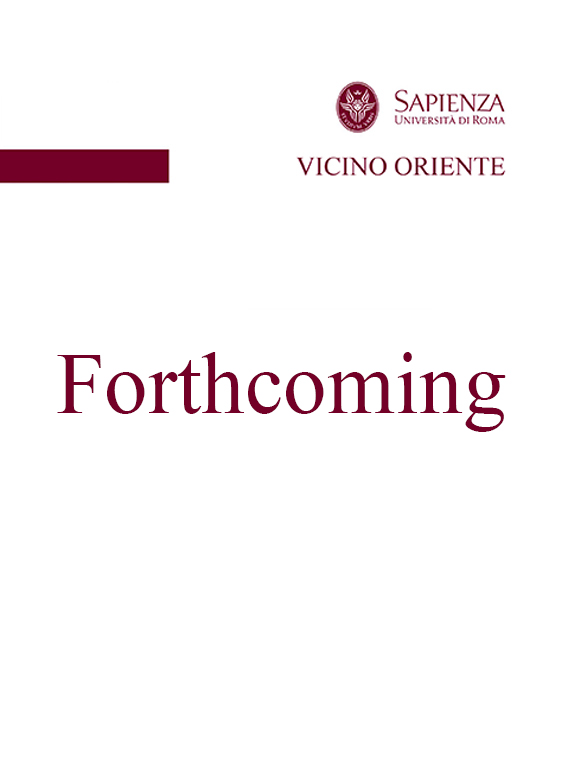Abstract
From the Bronze Age, the Maltese archipelago followed a particular and unique urban development throughout its history. Here is the attempt to underline this particularity, through a deepening into the settlement topography and land-use strategies of some of the most important Late Bronze and Iron Age’s sites of Malta and Gozo, also by tracing the changes occurred after the arriving of Levantine newcomers in the 8th century BC. This paper will focus on the specific urban strategies adopted by some of the most representative sites of the Bronze and Iron Age. It follows a brief outline about the location of the necropolis, intended as an essential marker to discover the presence of the Phoenician settlements. Altogether, these data shed a light on the comprehension of the Maltese ancient urban landscape, which appears as an interdependent system that involved, in the Late Bronze Age, a strong connection between many inland villages, their fertile lands and few landing bays. This system became more complex during the Iron Age, with the appearance of big urban centers exploiting the rural landscape and connected to important trading harbors.

Questo lavoro è fornito con la licenza Creative Commons Attribuzione - Non commerciale - Non opere derivate 4.0 Internazionale.
Copyright (c) 2024 VICINO ORIENTE

